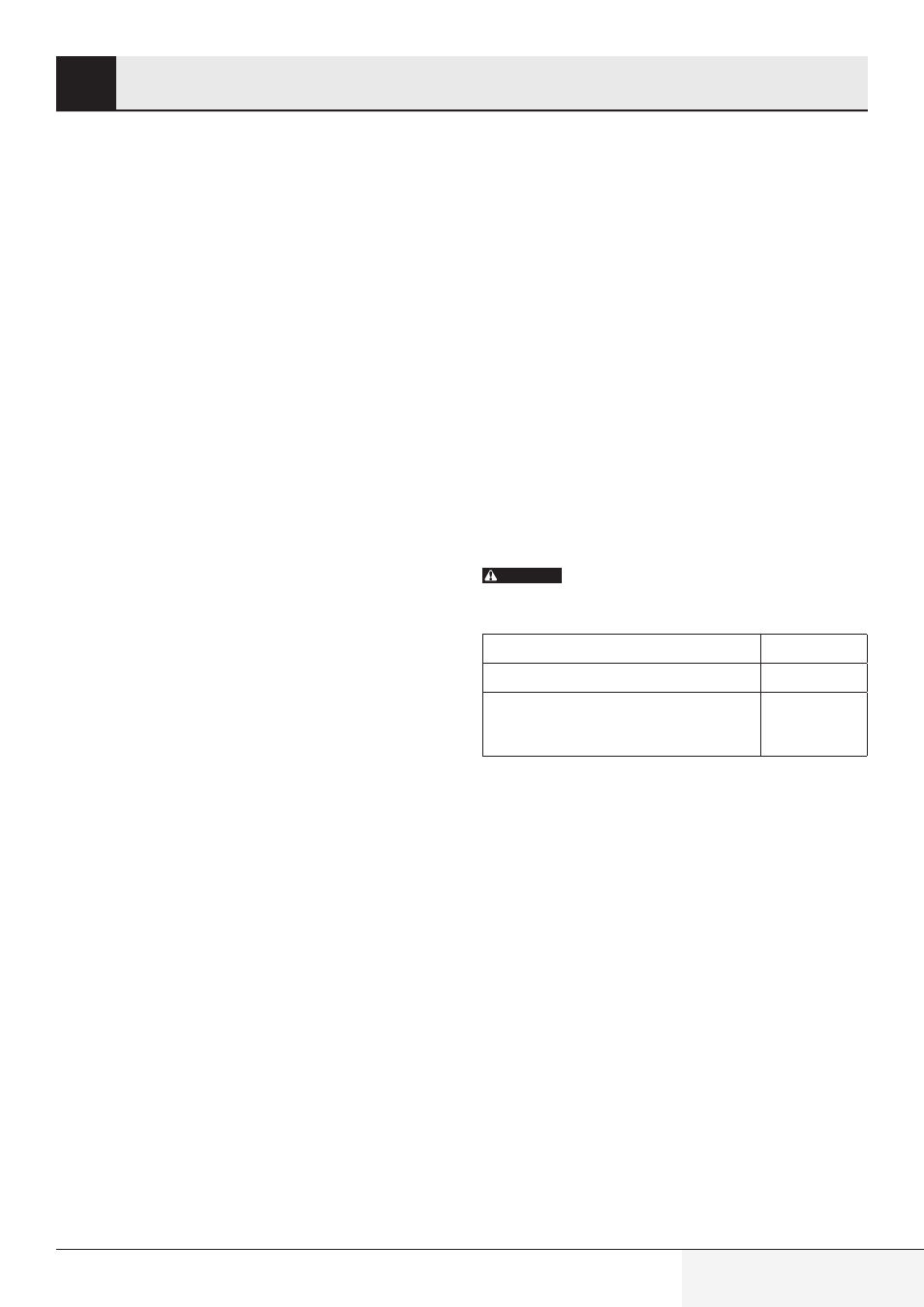Information you need to know – Beko 1.6 cu. ft. Built-in Microwave Oven Owners Guide User Manual
Page 7

E
E
E
E
E
E
ABOUT YOUR OVEN
• This manual is valuable. Read it carefully and always save
it for reference.
• A good microwave cookbook is a valuable asset. Check
it for microwave cooking principles, techniques, hints and
recipes.
• NEVER use the oven without the turntable and support
nor turn over the turntable so a large dish could be placed
in the oven. The turntable will turn both clockwise and
counterclockwise.
• ALWAYS have food in the oven when it is on to absorb the
microwave energy.
• When using the oven at power levels below 100%, you
may hear the magnetron cycling on and off. It is normal
for the exterior of the oven to be warm to the touch when
cooking or reheating.
• Condensation is a normal part of microwave cooking.
Room humidity and the moisture in food will influence the
amount of condensation in the oven. Generally, covered
foods will not cause as much condensation as uncovered
ones. Vents on the oven back must not be blocked.
• After using CONVECTION, SPEED FUNCTIONS or
CONVECTION MORE MENUS, you will hear the sound
of the cooling fan. The fan may continue to operate for as
long as 5 minutes, depending on the oven temperature.
• Unlike microwave-only ovens, convection-microwave
ovens have a tendency to become hot during CONVEC-
TION, SPEED FUNCTIONS and CONVECTION MORE
MENUS cooking.
• The oven is for food preparation only. It should not be used
to dry clothes or newspapers.
• Do not rest food or cooking utensils on top of the open door
in excess of 15 lb. Doing so can cause damage to your
door and may affect cooking performance of your oven.
• Your oven is rated 900 watts by using the IEC Test Pro-
cedure. When using recipes or package directions, check
food a minute or two before the minimum time and add
time accordingly.
ABOUT MICROWAVE COOKING
• Arrange food carefully. Place thickest areas toward the
outside of the dish.
• Watch cooking time. Cook for the shortest amount of
time indicated and add more as needed. Food severely
overcooked can smoke or ignite.
• Cover foods while cooking. Check recipes or cookbooks
for suggestions, such as paper, paper towels, wax paper,
microwave plastic wrap or lids. Covers prevent spattering
and help foods cook evenly.
• Stir foods from the outside to the center of the dish once
or twice during cooking, if possible.
• Turn foods over once during microwaving to speed cooking
of such foods as chicken and hamburgers. Large items
like roasts must be turned over at least once.
• Rearrange foods such as meatballs halfway through
cooking both from top to bottom and from the center of
the dish to the outside.
• Add standing time. Remove food from the oven and stir,
if possible. Cover for standing time to allow the food to
finish cooking without overcooking.
• Check for doneness. Look for signs indicating the cooking
temperatures have been reached.
• Doneness signs include:
- food steams throughout, not just at edges
- center of dish's underside is very hot to the touch
- poultry thigh joints move easily
- meat and poultry show no pinkness
- fish is opaque and flakes easily with a fork
ABOUT SAFETY
Cook foods to safe temperatures recommended by the
United States Department of Agriculture (USDA). To check
internal temperature of foods to determine doneness, insert
a meat thermometer in a thick or dense area away from fat
or bone.
WARNING
WARNING
NEVER leave a thermometer in the food during
microwave cooking unless the thermometer is approved for
microwave use.
fish
145˚F (63˚C)
pork, ground beef/veal/lamb, egg dishes 160˚F (71˚C)
whole, pieces and ground turkey/
chicken/duck, leftover, ready-to-reheat
refrigerated, deli and carry-out food
165˚F (74˚C)
INFORMATION YOU NEED TO KNOW
4
7 / 51 EN
Convection/Speed Microwave Oven User Manual
